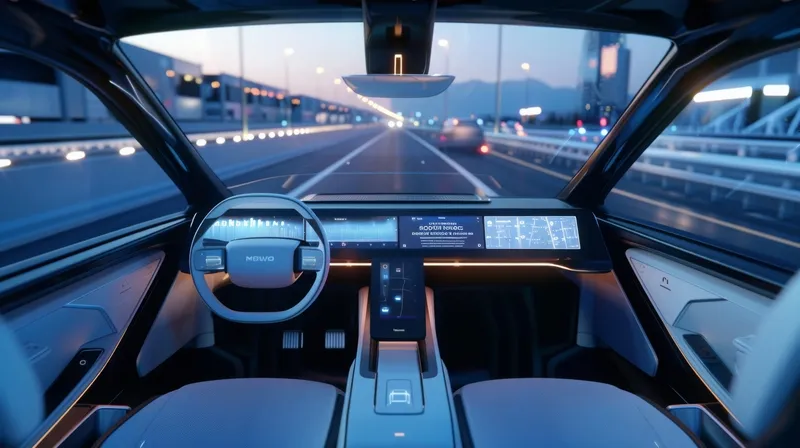The European Commission, which plans a strategy on connected vehicles later this year, has released a report outlining how to ‘catch up’ on connected vehicles as other countries―like the US and Japan―speed ahead, says EurActiv.
Following a series of meetings, industry representatives, public authorities and EU officials have agreed on a shared vision for the coordinated deployment of Cooperative Intelligent Transport Systems (C-ITS) in Europe. This is an important step towards connected cars as C-ITS ena
January 25, 2016
Read time: 2 mins
The European Commission, which plans a strategy on connected vehicles later this year, has released a report outlining how to ‘catch up’ on connected vehicles as other countries―like the US and Japan―speed ahead, says EurActiv.
Following a series of meetings, industry representatives, public authorities and EU officials have agreed on a shared vision for the coordinated deployment of Cooperative Intelligent Transport Systems (C-ITS) in Europe. This is an important step towards connected cars as C-ITS enable vehicles to communicate with each other and with the infrastructure which the Commission believes can notably improve road safety and reduce congestion.
The report will also ensure that through C-ITS road transport can reap all the benefits from digitisation and contribute to President Juncker's ambition of creating a Digital Single Market.
EU Commissioner for transport Violeta Bulc said: "Digitisation of transport is a priority of my mandate as it has the potential to create new growth and smarter mobility. I want to see connected cars on European roads by 2019 and today's report is an important milestone towards that objective. It is nevertheless only a first step, more deliverables will come throughout 2016."
The report concludes that C-ITS could yield up to 3 euros in societal benefits for every euro invested and gives concrete recommendations to address issues such as digital security and data privacy.
Following a series of meetings, industry representatives, public authorities and EU officials have agreed on a shared vision for the coordinated deployment of Cooperative Intelligent Transport Systems (C-ITS) in Europe. This is an important step towards connected cars as C-ITS enable vehicles to communicate with each other and with the infrastructure which the Commission believes can notably improve road safety and reduce congestion.
The report will also ensure that through C-ITS road transport can reap all the benefits from digitisation and contribute to President Juncker's ambition of creating a Digital Single Market.
EU Commissioner for transport Violeta Bulc said: "Digitisation of transport is a priority of my mandate as it has the potential to create new growth and smarter mobility. I want to see connected cars on European roads by 2019 and today's report is an important milestone towards that objective. It is nevertheless only a first step, more deliverables will come throughout 2016."
The report concludes that C-ITS could yield up to 3 euros in societal benefits for every euro invested and gives concrete recommendations to address issues such as digital security and data privacy.








